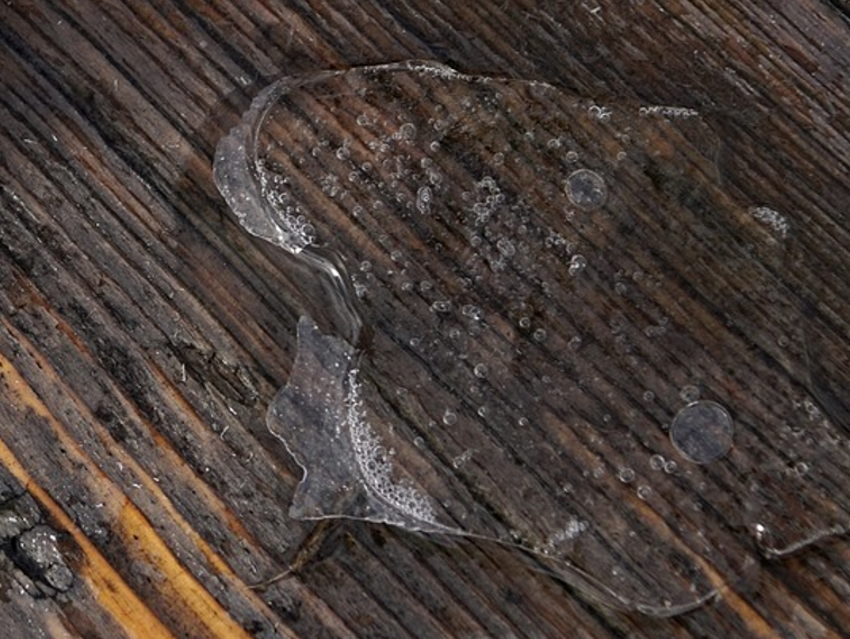The mechanism by which nanoparticles melt is of great interest, for example, in catalysis research, but is still unsolved. Richard E. Palmer, Swansea University, UK, and colleagues have observed the surface melting of individual Au clusters which have diameters between 2–5 nm and are supported on carbon films. The team performed the measurements in real space with atomic resolution. For this, they increased the temperatures from 20 to 1000 °C using an in-situ heating stage in an aberration-corrected scanning transmission electron microscope (ac-TEM).
At higher temperatures, the Au nanoparticles form a solid core-liquid shell structure. This quasi-liquid shell persists over hundreds of degrees. The melting temperatures are dependent on the cluster sizes. The core melting temperatures of the clusters are significantly greater than predicted by existing models of free clusters.
The researchers explored and confirmed this effect of the interaction between the clusters and the carbon substrate support by using a very large-scale ab initio simulation approach. The calculations give a sizable difference in the behavior and melting temperatures for the free nanocluster and the nanocluster on the support. Both are almost identical at room temperature but the support delays the melting of the cluster considerably.
According to the researchers, their findings help to predict the behavior of nanoparticles at higher temperatures and raise the question of whether the liquid surface affects the catalytic activity at high temperatures.
- Atomic-resolution imaging of surface and core melting in individual size-selected Au nanoclusters on carbon,
D. M. Foster, Th. Pavloudis, J. Kioseoglou, R. E. Palmer,
Nature Communic. 2019.
https://doi.org/10.1038/s41467-019-10713-z




